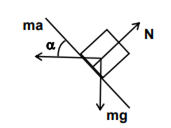A particle moves in a straight line with retardation proportional to its displacement. Its loss of kinetic energy for any displacement x is proportional to
x2
ex
x
x
A.
x2
In this problem acceleration (a) is given in terms of displacement (x) to determine the velocity with respect to position or displacement we have to apply integration method.
From given information a =-kx, where a is acceleration, x is displacement and k is proportionality constant. 
Let for any displacement from 0 to x , the velocity changes from vo to v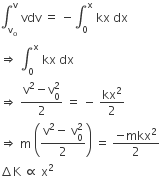
All the graphs below are intended to represent the same motion. One of them does it incorrectly. Pick it up.
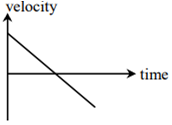
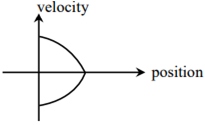
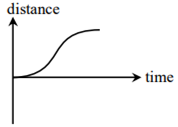
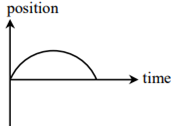
C.

A ball is thrown from a point with a speed ν0 at an angle of projection θ. From the same point and at the same instant person starts running with a constant speed ν0/2 to catch the ball. Will the person be able to catch the ball? If yes, what should be the angle of projection?
yes, 60°
yes, 30°
no
no
A.
yes, 60°
Man will catch the ball if the horizontal component of velocity becomes equal to the constant speed of man i.e.
A block is kept on a frictionless inclined surface with angle of inclination α. The incline is given an acceleration a to keep the block stationary. Then a is equal to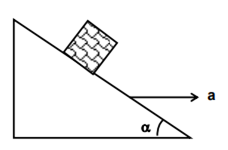
g/tanα
g cosecα
g
g
D.
g
